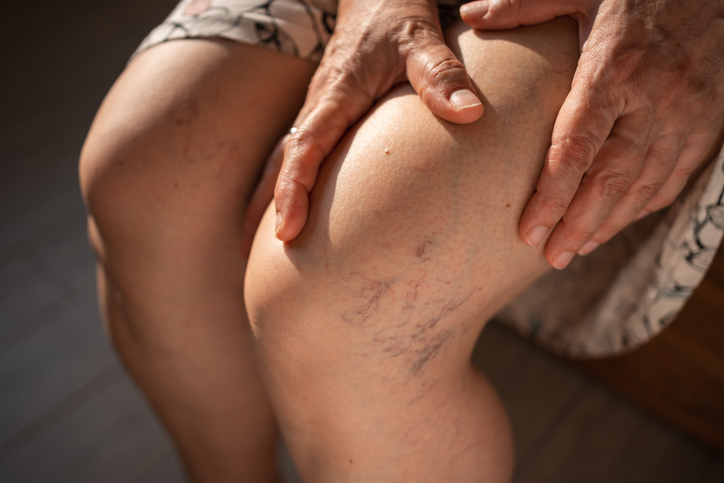Understanding Varicose Veins
Variculitis is a common vascular condition that affects a large portion of the population, especially adults. These enlarged, twisted veins usually occur in the legs and can cause discomfort and pain that can interfere with daily activities. Understanding the causes, symptoms, risk factors, and available treatments for varicose veins is essential to effectively treat this condition.
Variculitis is a common vascular condition that affects a large portion of the population, especially adults. These enlarged, twisted veins usually occur in the legs and can cause discomfort and pain that can interfere with daily activities. Understanding the causes, symptoms, risk factors, and available treatments for varicose veins is essential to effectively treat this condition.

The Anatomy of Varicose Veins
To understand varicose veins, it is important to first understand the anatomy of the veins. Veins are blood vessels responsible for carrying deoxygenated blood back to the heart. They have one-way valves that prevent blood from flowing back. Varicose veins occur when these valves become weak or damaged, causing blood to pool and the veins to enlarge and twist.
Causes and Risk Factors
Several factors contribute to the development of varicose veins. One major cause is genetics. A family history of varicose veins increases a person's likelihood of developing varicose veins. Other risk factors include age, sex, obesity, pregnancy, prolonged standing or sitting, and a sedentary lifestyle. Age causes the walls of the veins to weaken naturally, making them more susceptible to varicose veins.
Identifying the Symptoms
Recognizing the symptoms of varicose veins is essential to seeking proper medical care. Common symptoms include visible, twisted veins that are often blue or dark purple, tingling or throbbing pain in the legs, a feeling of heaviness or fatigue in the legs, itching around the veins, and muscle cramps and swelling, especially after sitting or standing for long periods of time.
Diagnosis: Seek Medical Attention
If you suspect you have varicose veins or experience similar symptoms, it is important to see a doctor. Diagnosis usually includes a physical exam and a discussion of your medical history. In addition, non-invasive tests such as ultrasounds may be performed to assess blood flow and the extent of the disease in the affected veins.
Treatment Options
There are a variety of treatment options for varicose veins, ranging from lifestyle changes to medical procedures. Lifestyle changes may include regular exercise, elevating your legs, wearing compression stockings, and maintaining a healthy weight. In more severe cases, your doctor may recommend medical procedures such as sclerotherapy, endovenous laser therapy, radiofrequency closure, or vein stripping.
Preventive Measures and Self-Care
To prevent varicose veins, you must adopt a healthy lifestyle and practice self-care. Regular physical activity helps improve blood circulation and strengthens the muscles that support the veins. Avoiding prolonged standing or sitting and keeping your legs elevated whenever possible can also reduce your risk of developing varicose veins.
Seek Professional Advice
If you suspect varicose veins or experience symptoms associated with this condition, it is important to seek professional medical help. A doctor can perform a comprehensive evaluation, determine the severity of the condition, and recommend appropriate treatment. Remember, early intervention and aggressive treatment can significantly improve the quality of life for people with varicose veins.